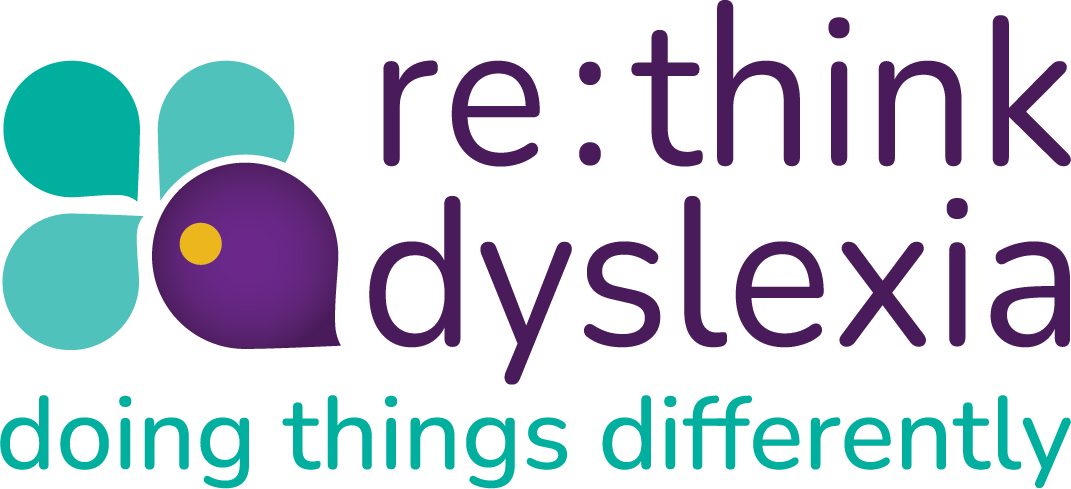Tips for Maintaining a Healthy Work Balance as a Dyslexic
 We all know the ups and downs of managing work with dyslexia. For some of us dyslexics, maintaining a healthy work balance can be especially challenging, as reading, and writing tasks may take longer and require more effort. We face the challenges of mental fatigue and at times work can be very stressful. However, it’s still possible to find a balance that works for you. In this blog post, I will share with you seven tips that not I have found helpful and also the clients that I coach in maintaining balance at work.
We all know the ups and downs of managing work with dyslexia. For some of us dyslexics, maintaining a healthy work balance can be especially challenging, as reading, and writing tasks may take longer and require more effort. We face the challenges of mental fatigue and at times work can be very stressful. However, it’s still possible to find a balance that works for you. In this blog post, I will share with you seven tips that not I have found helpful and also the clients that I coach in maintaining balance at work.
Utilise assistive technology – Assistive technology can be a game-changer for dyslexics. You might be thinking I already do this but technology is changing all the time, are you keeping up? We know the basics like spell check on Microsoft, but have you thought of tools such as Grammarly to improve spelling, sentence structure and grammar? What about speech-to-text software, which allows you to dictate your written work instead of typing or writing it by hand? You can also use text-to-speech software, which reads written text aloud. These tools can help you save time and reduce the frustration that may come with dyslexia.
Set realistic expectations! Dyslexia may make certain tasks take longer or require more effort, so it’s important to set realistic expectations for yourself. Don’t try to do too much in one day or take on too many tasks at once. Be patient with yourself as you know it does take longer for you to complete some tasks compared to your peers and colleagues.
Prioritise self-care. You know I am all about Self-care is important for everyone, but it’s especially important for dyslexics. Dyslexia can be frustrating and can take a toll on our mental and emotional health, so make sure to take care of yourself. Set aside time for relaxation and stress-reducing activities, such as exercise or meditation. Getting plenty of rest and taking time out to do things you love will support your overall well-being. I love to listen to podcasts and I try to meditate at night as I find this helps me have a better night’s sleep.
Communicate your needs. Don’t be afraid to communicate your needs to your colleagues, employers, or clients. I know disclosure in the workplace can be a tricky and very personal decision. I have found that when I let people around me know that I am dyslexic and may require extra time or accommodations to complete specific tasks, this has helped to reduce my stress levels and anxieties and ensured everyone was on the same page.
Break tasks into manageable pieces. Breaking tasks into smaller, more manageable pieces can make them less overwhelming and easier to complete. This can be especially helpful for dyslexics, who may struggle with longer, more complex tasks. Breaking tasks into smaller steps or sections and focusing on one at a time can help you feel more in control and reduce anxiety levels. Writing down your tasks in a list form and then ticking them off one by one can also help you manage your workload.
Planning ahead can help reduce stress and create more time for personal activities. Use a planner, calendar, or scheduling app to keep track of deadlines, meetings, and appointments. Make to-do lists and prioritize tasks, so you can stay on top of your workload. This can help you feel more organized and in control.
Unplug. In today’s world, it’s easy to feel like we’re always connected to work through technology. But it’s important to unplug and disconnect regularly. Turn off your work phone or email notifications during personal time. Consider taking breaks from social media or other technology, so you can focus on personal activities and relationships.
Using our strengths! As dyslexics we have very good self-awareness of our difficulties but how about your strengths, because we defiantly have own set of strengths. You might find your creativity, a strong problem-solving, and out-of-the-box thinking, see in 3D or are fab at coding. Try to focus on these strengths and use them to your advantage in your work and personal life. This can help you feel more confident and successful, despite the challenges of dyslexia.
Set boundaries: One of the most important steps in maintaining a healthy work-life balance is setting boundaries. This means establishing clear lines between work and personal time. Consider setting specific work hours and sticking to them as much as possible. Don’t check emails or take work calls during your designated personal time. Communicate your boundaries to your colleagues, and ask for their respect and support.
Maintaining a healthy work balance as a dyslexic can require some additional effort and accommodations, but it’s certainly achievable. By utilising assistive technology, setting realistic expectations, prioritising self-care including setting boundaries and unplugging, communicating your needs, breaking tasks into manageable pieces, organisation techniques, and using your strengths, you can find a balance that works for you.
If you are having difficulties in the workplace, why not book a free exploration session and see how I can help you develop the skills you need to be successful in the workplace and reach your full potential.
There are also a number of resources at re:think dyslexia for adults including more blogs, podcasts, videos and much more. You can also join our closed Facebook group if you are looking for some peer support. Find out more at re:thinkdyslexia.com
Join our Dear Dyslexic Community on Facebook. This group has been set up to talk about all things dyslexia, to provide peer support to those who are dyslexic. This is an open, safe forum free from discrimination, but not free from spelling or grammar mistakes!


